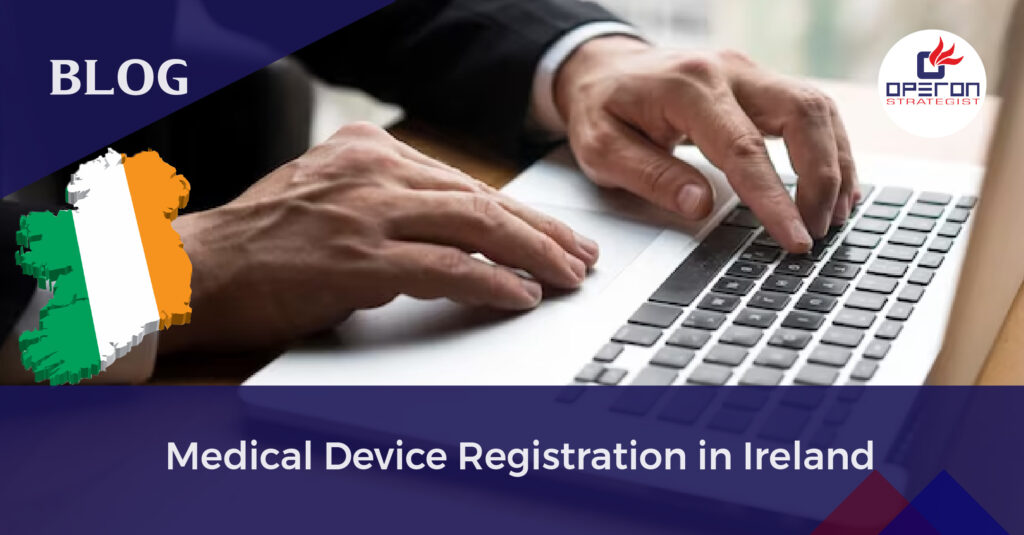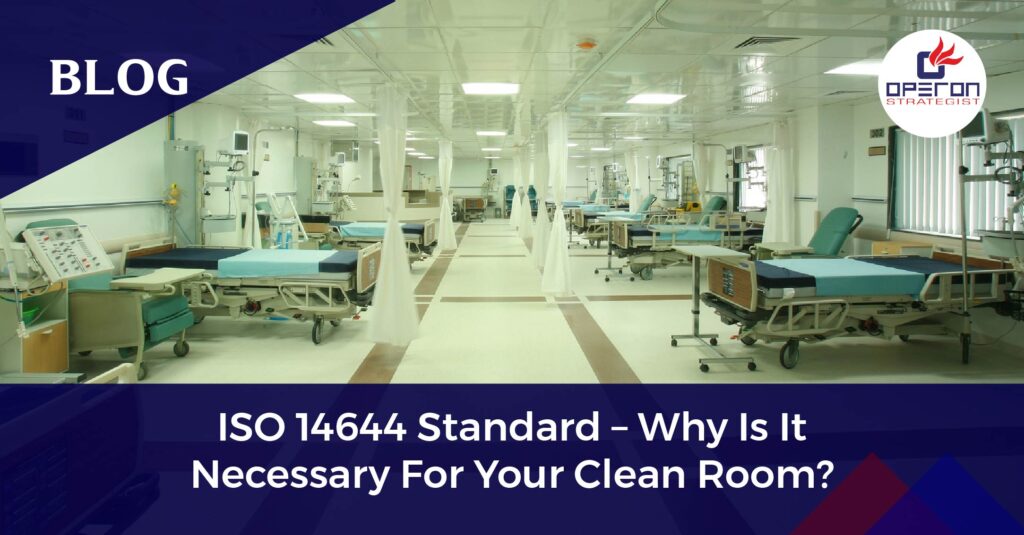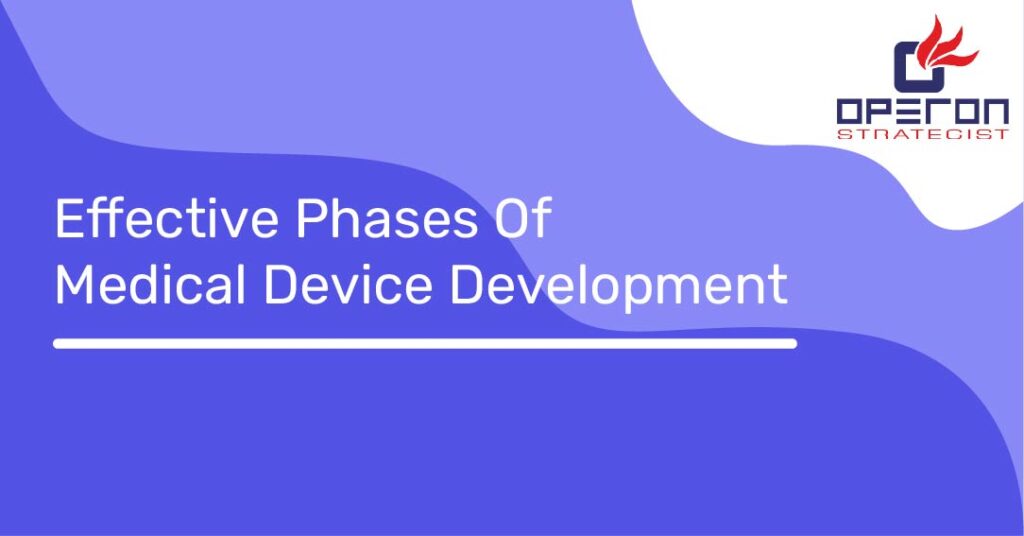Importance of Medical Device Risk Management
Risk management plays a crucial role in the lifecycle of medical device product development. It serves as a vital tool for manufacturers in ensuring the reliability and safety of the final product, minimizing the likelihood of malfunctions or harm. The primary objective of the risk management process is to diminish or mitigate the probability of product failure.
ISO 14971 outlines various risk management techniques aimed at comprehensively addressing the identification, comprehension, control, and prevention of failures in medical devices. Manufacturers are tasked with identifying potential hazards associated with the design of the medical device, thereby facilitating proactive measures to mitigate risks.
Looking For a Medical Device Regulatory Consultant?
Let’s have a word about your next project
Regulations and Standards pertaining to Risk Management According to ISO 14971
Recognize that the issue of Risk Management holds significant importance across various medical device regulatory bodies. In fact, regulatory authorities like the FDA have integrated risk-based methodologies into their internal procedures for assessing device submissions and performing inspections and audits.
It’s imperative to understand that regulatory bodies such as the U.S. FDA, Health Canada, the EU Competent Authority, Australia’s TGA, and Japan’s MHLW mandate the establishment of a well-defined Risk Management process and corresponding documentation for all medical products. Moreover, these agencies universally endorse adherence to ISO 14971 standards, which govern the application of Risk Management in the realm of medical devices.
All these regulatory bodies uphold ISO 14971, which outlines the application of risk management to medical devices. Furthermore, apart from ISO 14971, there are several other essential standards within the medical device industry that mandate the implementation of risk management practices. Some of these standards include:
- IEC 60601
- IEC 62366
- ISO 10993
- ISO 13485
Yes, all these standards make reference to risk management (and ISO 14971).
Steps Involved in Risk Management for Medical Devices
- Risk Management Framework & Planning
- Risk Analysis
- Risk Evaluation
- Risk Control
- Reports and Documents
- Production & Post-Production Information
Why Should We Perform Risk Management?
- To identify hazards
- To estimate & evaluate the risk
- Risk analysis is required by law
- Identification of device design problems prior to distribution can eliminates extra costing associated with the medical device
- To ensure safety of the medical device
- Invest your time to discover risk management and design control solutions with operon strategist. Adopt a new business process where we offer a range of facilities to suit your needs.
- Operon Strategist is ISO 13485 consultant helps to create the documents for ISO 13485 certification.
ISO 13485 Consultation for Medical Device
We have technical expertise for Medical Devices. We assist manufacturer to setup QMS and train employees
The real risk management is analysing, avoiding and resolving the threats accurately which are alarming to the business. The livelihood of a medical device company depends on the financial benefits of the company. The financial protection is necessary as accidental, unforeseen, and unpredictable shocks which can demolish the business. Therefore; the proper risk management throughout the lifecycle of the product would help avoid the business pitfalls.
THE NON-NEGOTIABLES TO BE FOCUSED ON BUSINESS RISK MANAGEMENT AS A MEDICAL DEVICE COMPANY
- Prioritizing the risk and threats to the business by applying the design control at early stage
- Business Insurance
- Intellectual Property Right protection
PRIORITIZING THE RISK AND THREATS TO THE BUSINESS BY APPLYING THE DESIGN CONTROL AT EARLY STAGE
Prioritization of the risk and threats can be done by appointing a dedicated risk management team which can implement the design control effectively, as a part of the quality system of the medical device so as to meet the safety and regulatory requirement which is the first step towards thriving product success. Design control is the integral part of the quality system which covers the entire lifecycle of a device. Design control is a connecting bridge between manufacturing and risk management which encourages and ensures safety and efficacy of the medical device.
BUSINESS INSURANCE
The business risk is well protected with insurance where it cannot be given the afterthought but the priority. The emerging unpredictable risk, global market competition, advanced technologies keep the makers in constant change where the insurance serves the purpose by protecting the business .Assessing the liabilities and legal regulations will help to determine the type insurance required for the business and help you protect the livelihood of the medical device business with insurance. The coverage includes Life insurance, Disability insurance, Professional insurance and Completed operations insurance. The insurance permits to transfer your risk to insurance companies
INTELLECTUAL PROPERTY RIGHT PROTECTION
Every innovation for product as well as idea needs intellectual protection. Medical device companies rely highly on IP protection. Medical Device Development needs years of time, effort and money to successfully launch and sustain the product in the market. The best way to safeguard the product is selecting the right IP for the product.
The IP rights that are applicable to the medical devices are as follows
- Patent
- Trademarks
- Trade secret
Patent
The patent legally protects and prevents others from making, imitating or using your invention. The patents that can be applicable to medical devices are both utility patents and design patents Utility patent can be sought to any new process, machine, manufacture, or composition of matter. The requirement to be fulfilled is that it should be novel, non-obvious and useful. E.g., utility patents protect the software and hardware design.
Design patent: Design patent protects the novel exquisiteness of the patented product. E.g., The design patent protects the user interface and the exterior configuration of the medical device. The utility patent term is 20 years from the filing date, while the term for a design patent is 14 years from the date of issue.
Trademark
Trademark is defined as a word, symbol, design, smell, or sound, or any combination that identifies the source of a product or service. This distinctive mark has greater scope of protection. Trademarks can be applied to the medical devices in a way the name of the device, or symbol or slogan is used with respect to the product which makes its identity. E.g., the brand name of the product needs immediate trademark protection.
Trade secrets
Under the trade secret the device’s economic value is kept secret. Trade secrets consist of business plans, customer lists, marketing strategies and process-related inventions .e.g., the makers of medical devices prefer to keep the list of doctor and hospital clients as a trade secret.
MANAGING YOUR MEDICAL DEVICE BUSINESS RISK THROUGH RISK MANAGEMENT
The risk management involves the prior identification, understanding, controlling and preventing the failures that can lead to hazards associated with the safety and effectiveness of the medical device. Risk management is required by law and is the right thing to do. Risk management should not just be planned but should be the integral part of the organization, which would lead to the prevention, or mitigation of risks and threats. The scope of risk management should extend beyond the quality production and regulatory box to the business aspect.
CONCLUSION
Compliance for safety is the non-negotiable in a medical device company which requires extensive application of risk management where design control should be prioritized. The other non-negotiables include intellectual protection by applying for patents, trademarks and trade secrets which prevents copying of the innovation. Additionally, insurance to the medical device company which can protect your business. A fruitful business is built at the initial stages of the product lifecycle where risk management plays a key role.
Get Expert Consultation for Medical Device Regulatory Compliances
- adminhttps://operonstrategist.com/author/admin-2/
- adminhttps://operonstrategist.com/author/admin-2/
- adminhttps://operonstrategist.com/author/admin-2/
- adminhttps://operonstrategist.com/author/admin-2/





